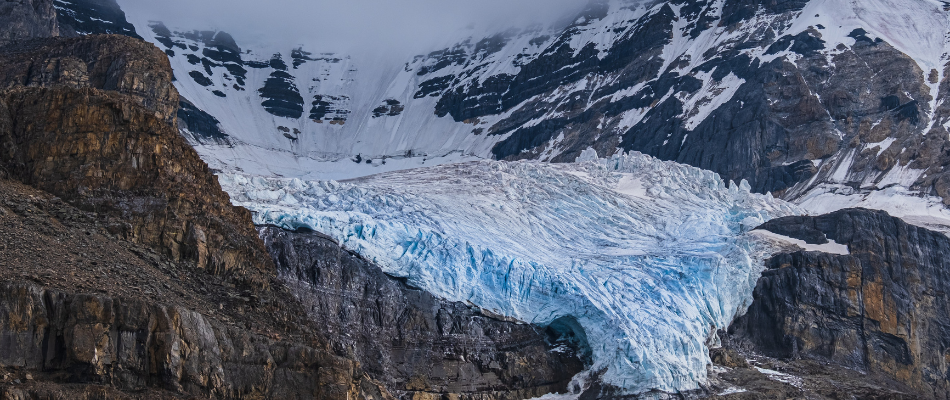Log in to GEO and try this 10-question GCSE quiz to see how much you know about glacial erosion.
If you haven't already done it work through the 'Glacial erosion' web unit to learn more. Or look at it again to help fill in any gaps in your knowledge about the formation of U-shaped valleys, corries, pyramidal peaks and other erosional landforms and processes.
HIGH SCORES
| Rank | Name | Score |
|---|---|---|
| 1st | MOE | 20 |
| 2nd | bam | 20 |
| 3rd | IJF | 20 |
| 4th | krc | 20 |
| 5th | con | 20 |
| 6th | CBL | 20 |
| 7th | HHS | 20 |
| 8th | XBG | 20 |
| 9th | 4BJ | 20 |
| 10th | IEL | 20 |
QUIZZES // Glacial erosion
Q1. What percentage of the world’s land area would you estimate is currently covered by glacial ice?
1%
10%
35%
80%
Q2. Which parts of the British Isles were not covered in ice in the last Ice Age?
Wales and southern England
Southern England
Ireland
Scotland and northern England
Q3. At the peak of the last Ice Age, around 20,000 years ago, sea levels were lower than they are today. But how much lower?
1 metre
12 metres
120 metres
210 metres
Q4. Which one of the following is the right term for the removal of weathered bedrock or other material by glacial ice?
Lithography
Basal slip
Striation
Erosion
Q5. Which one of the following landforms has three or more corries?
Arête
Pyramidal peak
Tarn
Glacial trough
Q6. Which of these glacial processes creates striations?
Abrasion
Ablation
Crushing
Plucking
Q7. Which one of the following is a feature of a glacial trough?
V-shaped valley
Glacial flour
Hanging valley
Outwash plain
Q8. Which one of these features is characteristic of a rôche moutonée but not a depositional crag and tail?
Made of solid rock
Formed by ice moving over an obstacle
One steep side and one side that is more gently sloping
Shows the direction of ice movement
Q9. Which of these types of glacial erosion creates the jagged, fractured end (down-glacier) of a rôche moutonée?
plucking
abrasion
hydraulic action
chemical erosion by meltwater under the glacier
Q10. Rôches moutonées show the direction of ice movement. How do they do this?
The ice flowed up the jagged lee side and over the gentler slope of the smooth stoss side
The ice flowed up the gentler slope of the smooth stoss side and over the jagged lee side
It isn’t possible to tell from one rôche moutonnée but you can orient glacier direction from a field of rôches moutonées
Glacial flow is at right angles to the stoss slope of the rôche moutonée
Finished!
You scored this time. The more correct answers you give, and the fewer incorrect answers you guess, the better your score.

